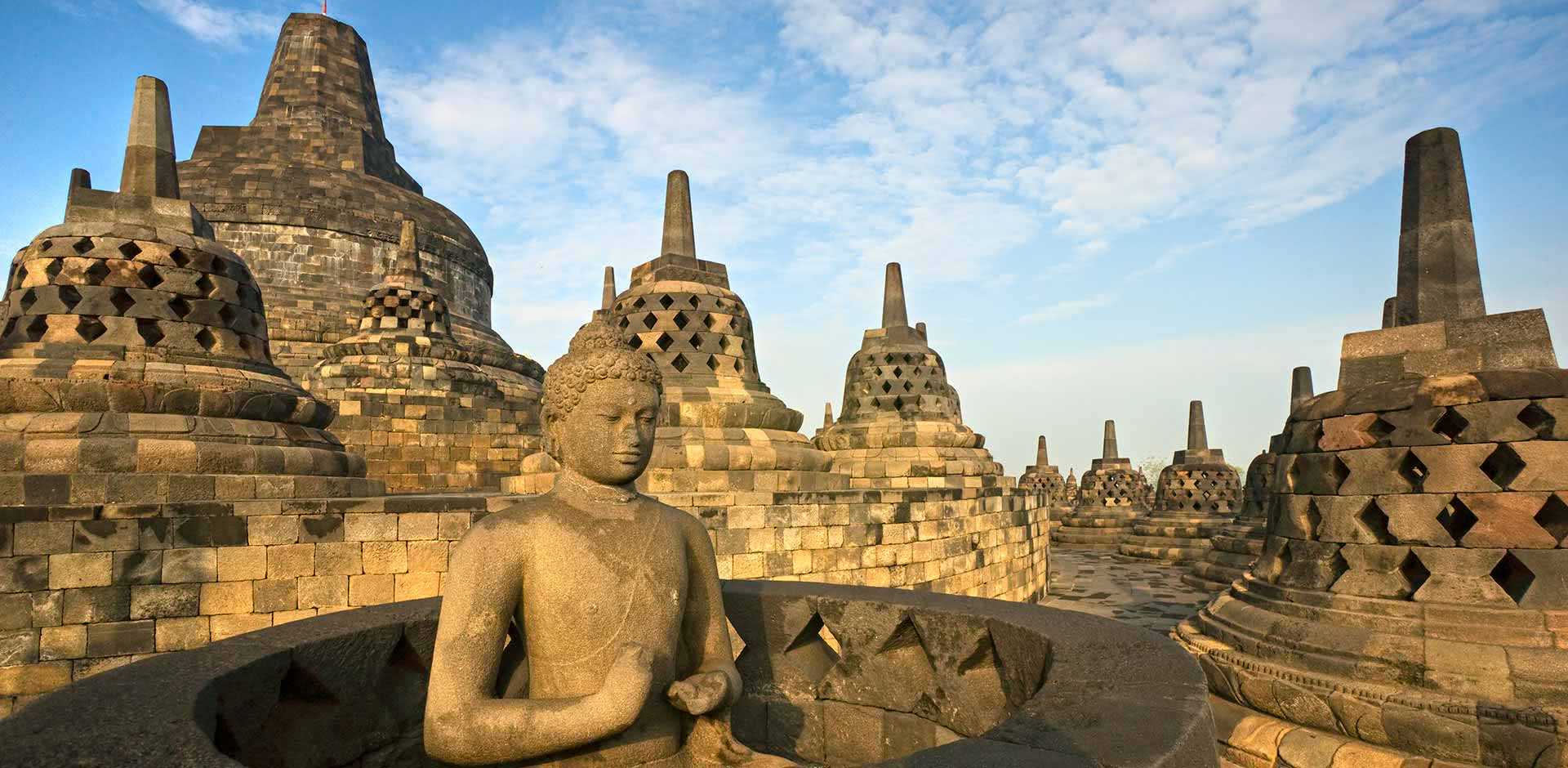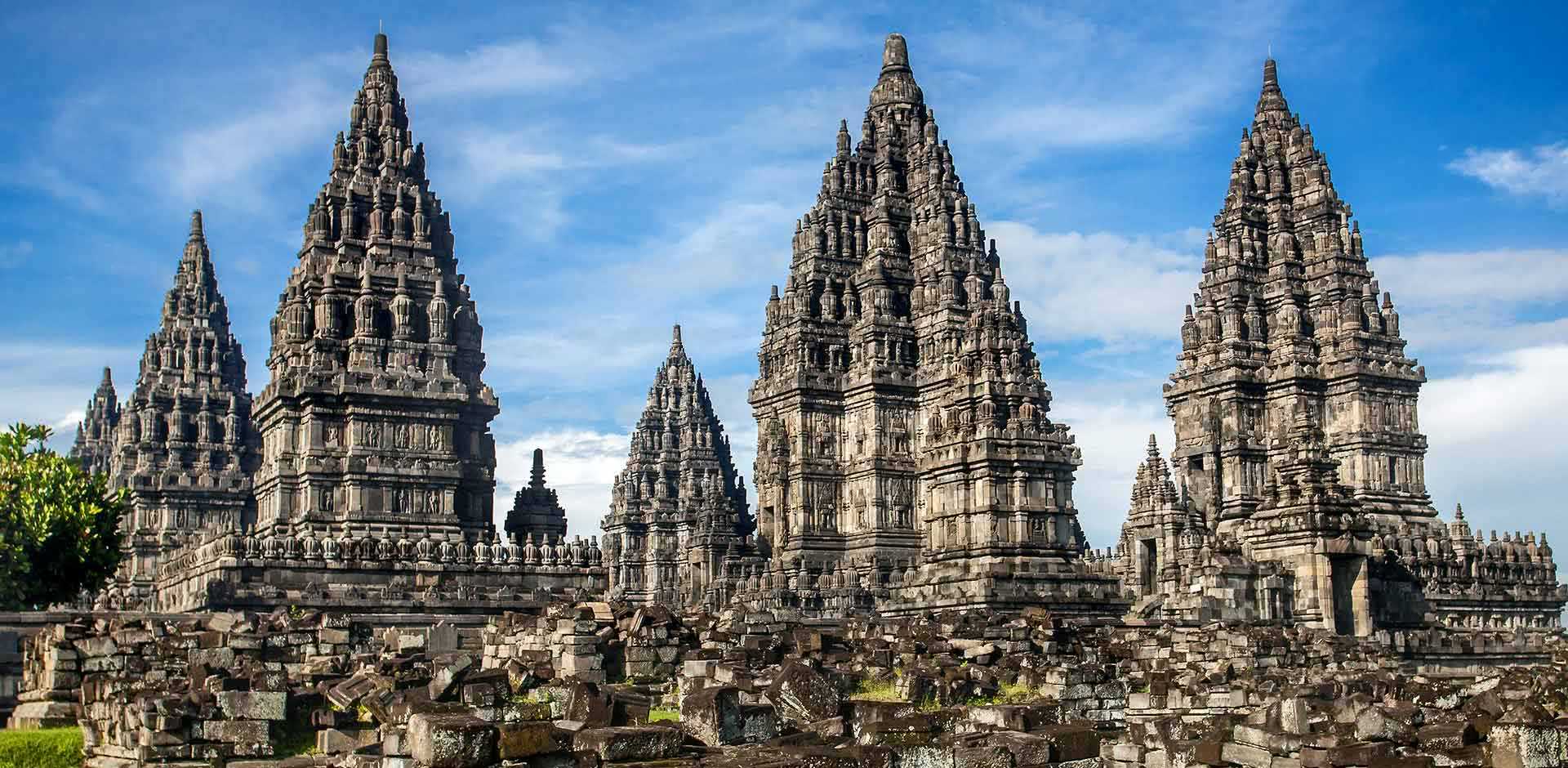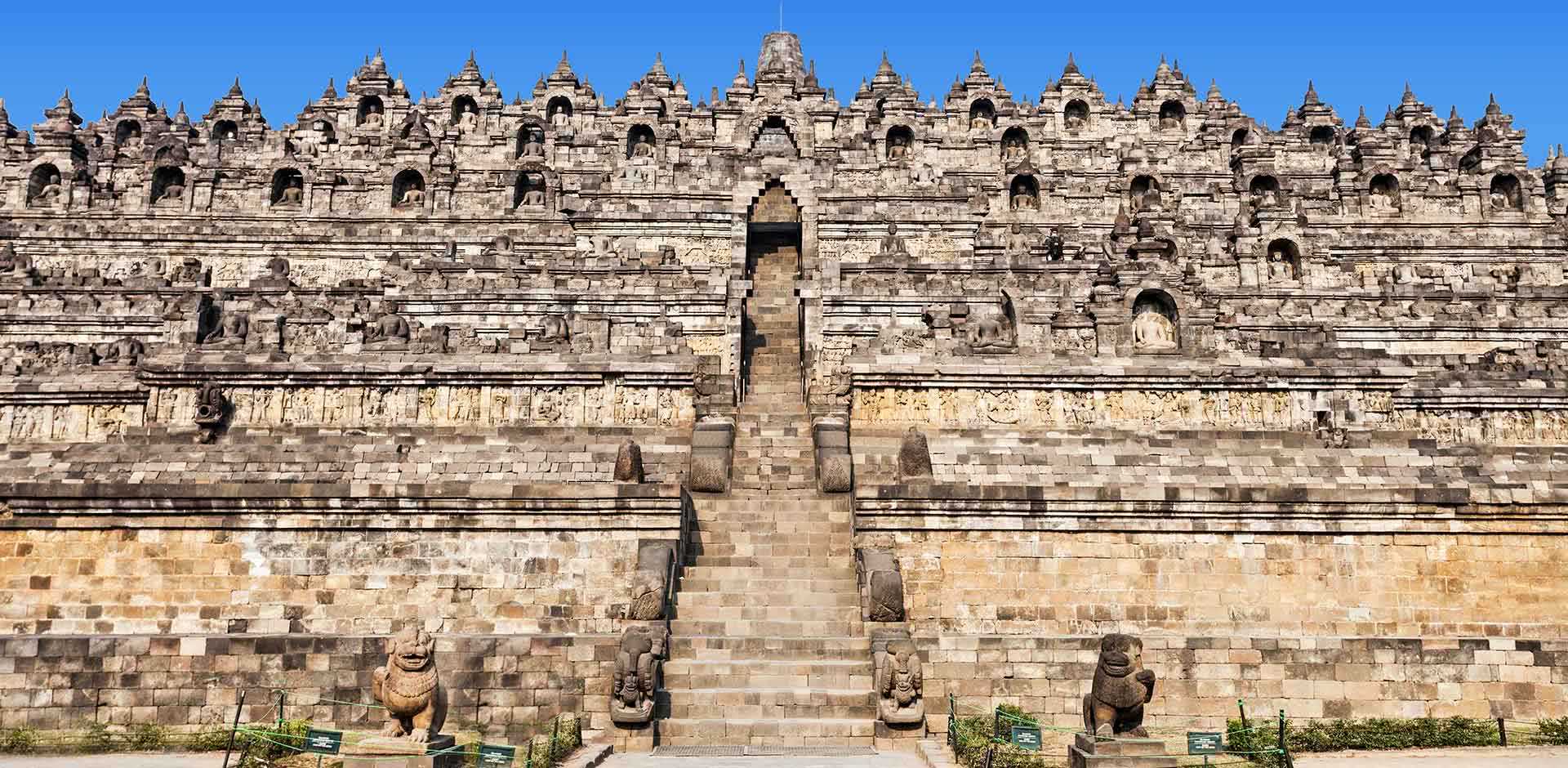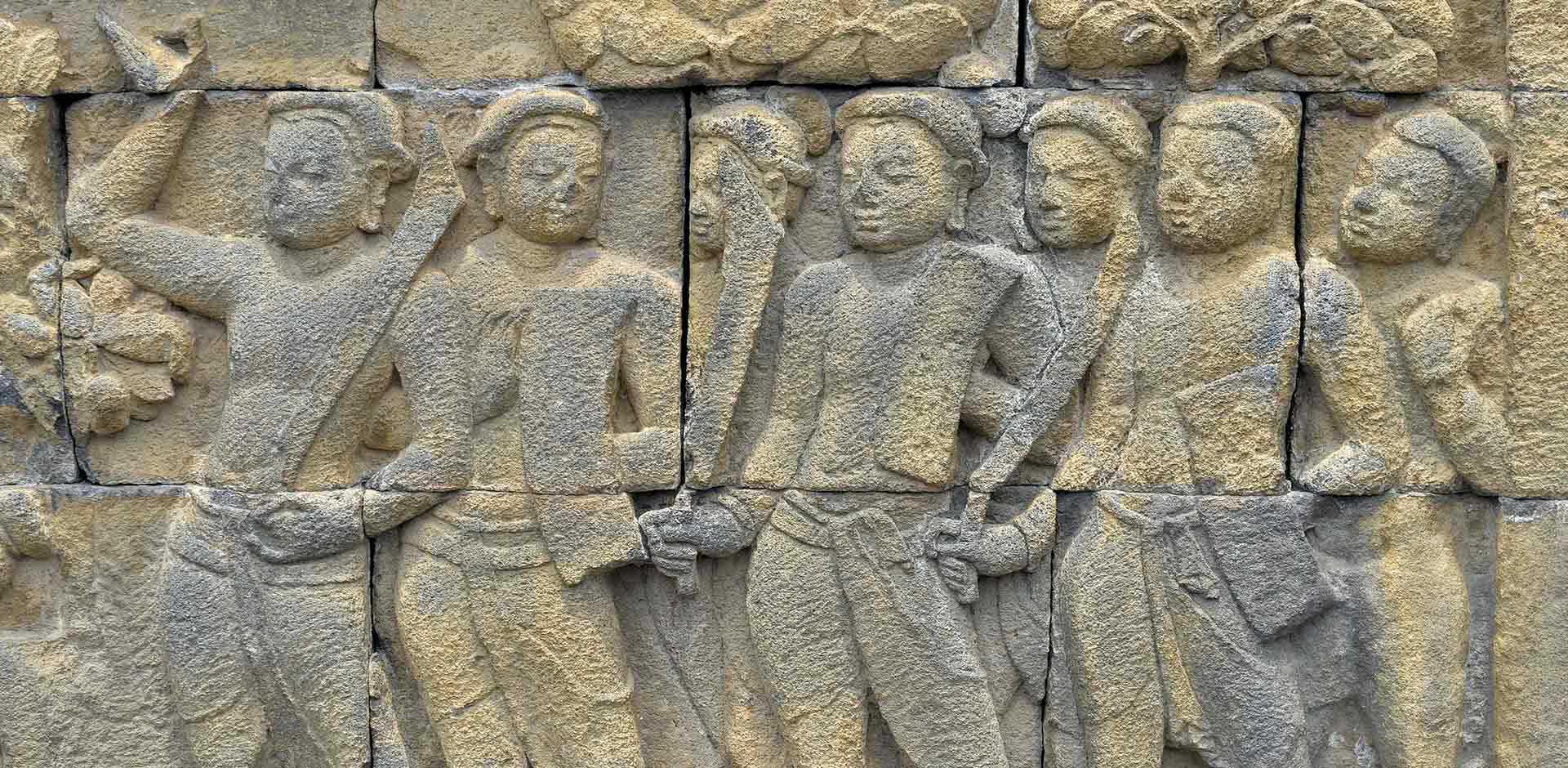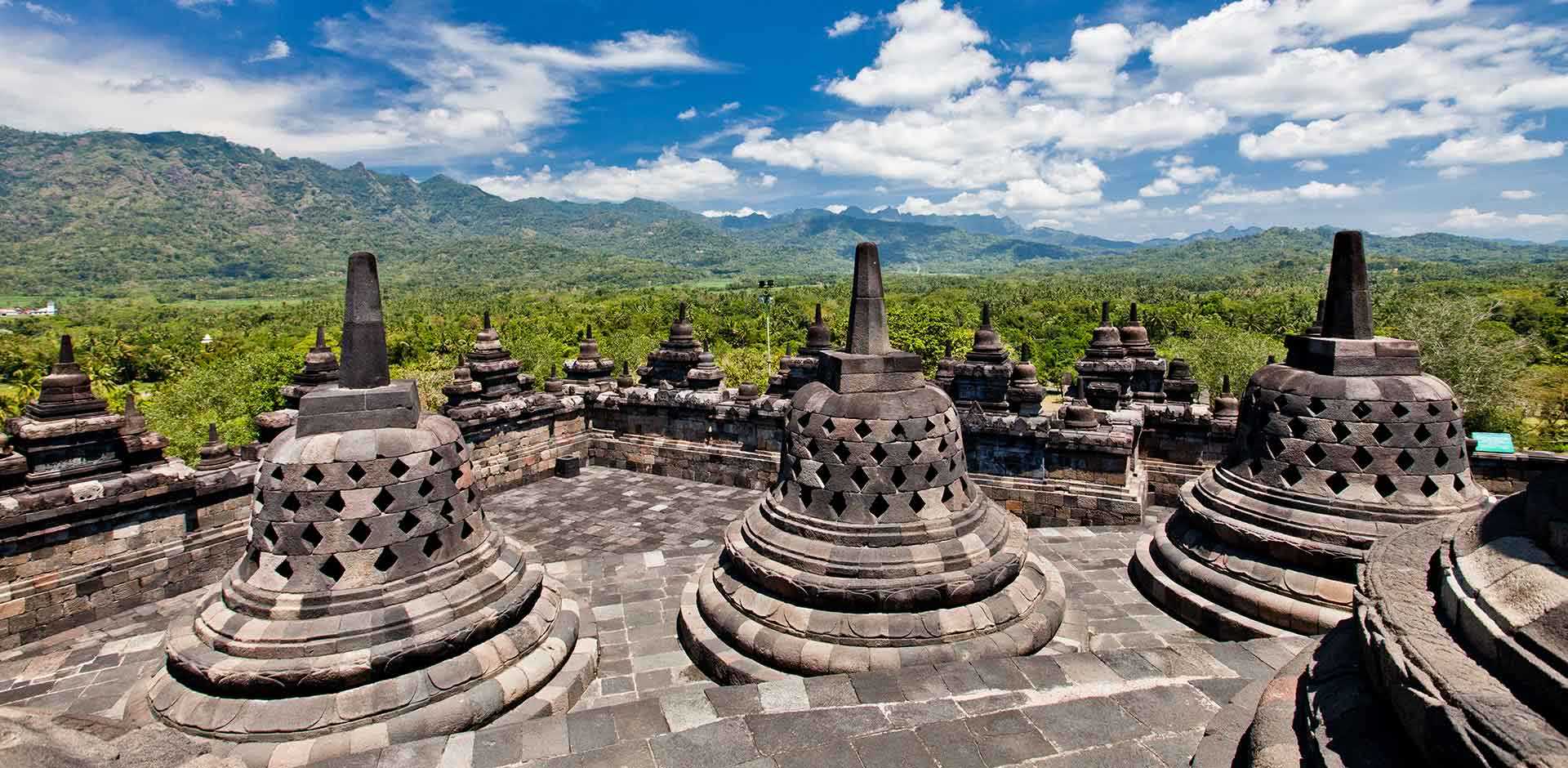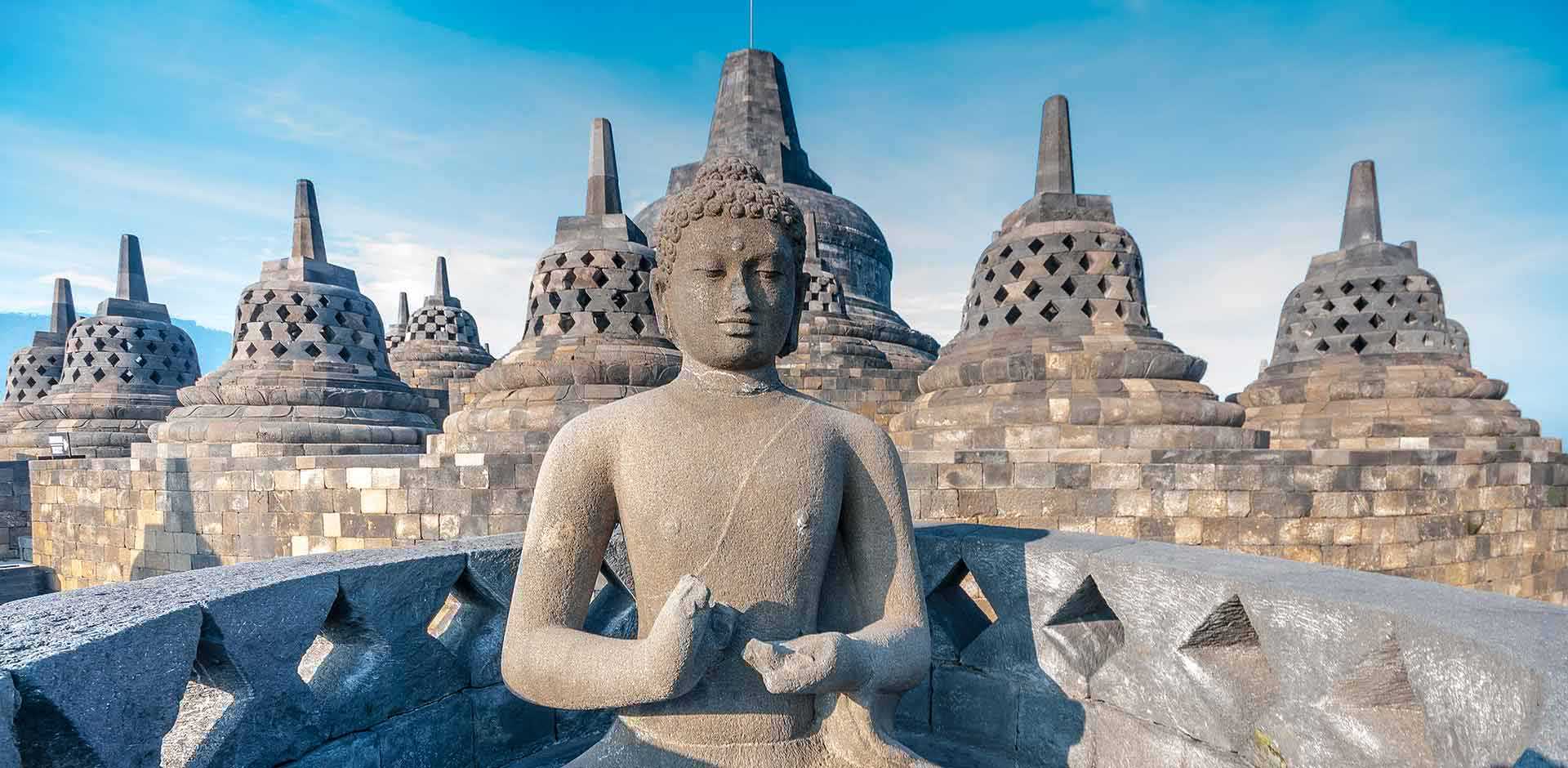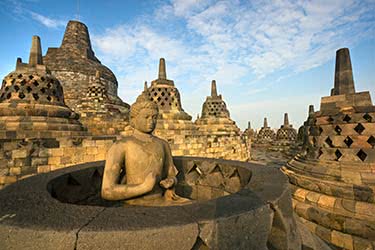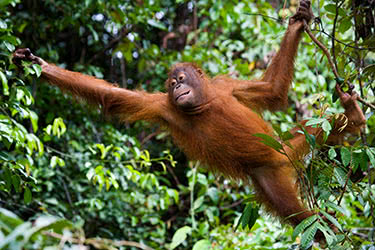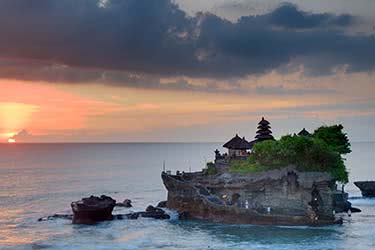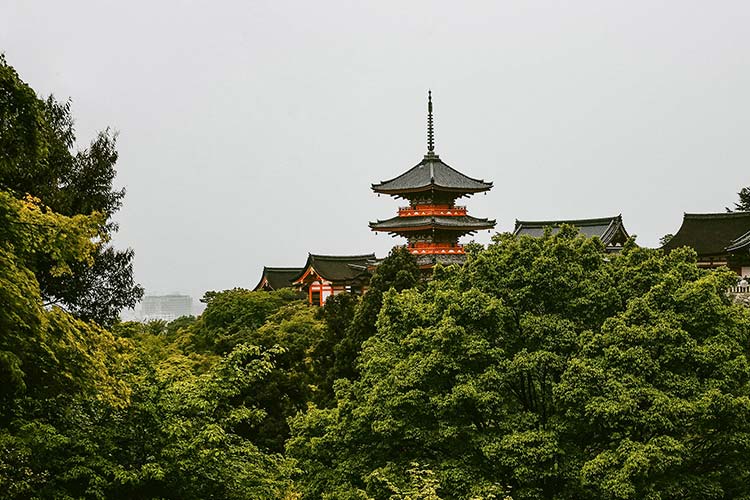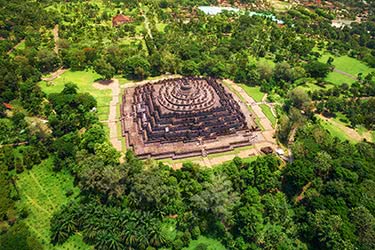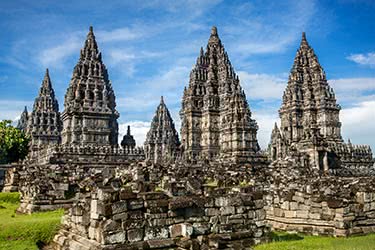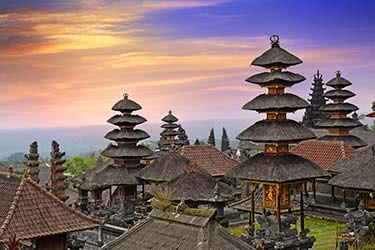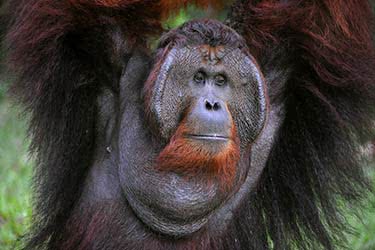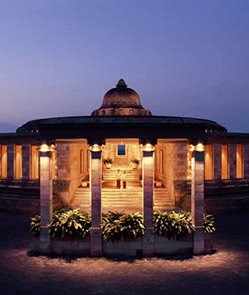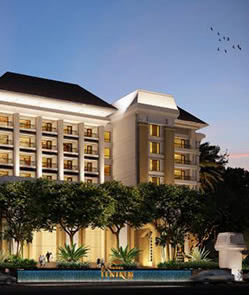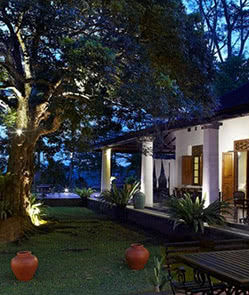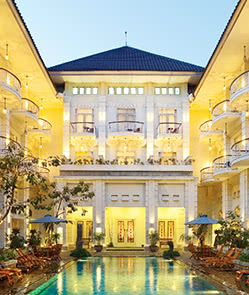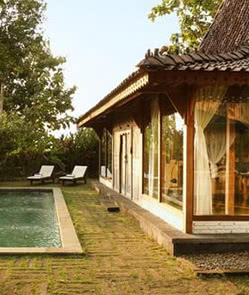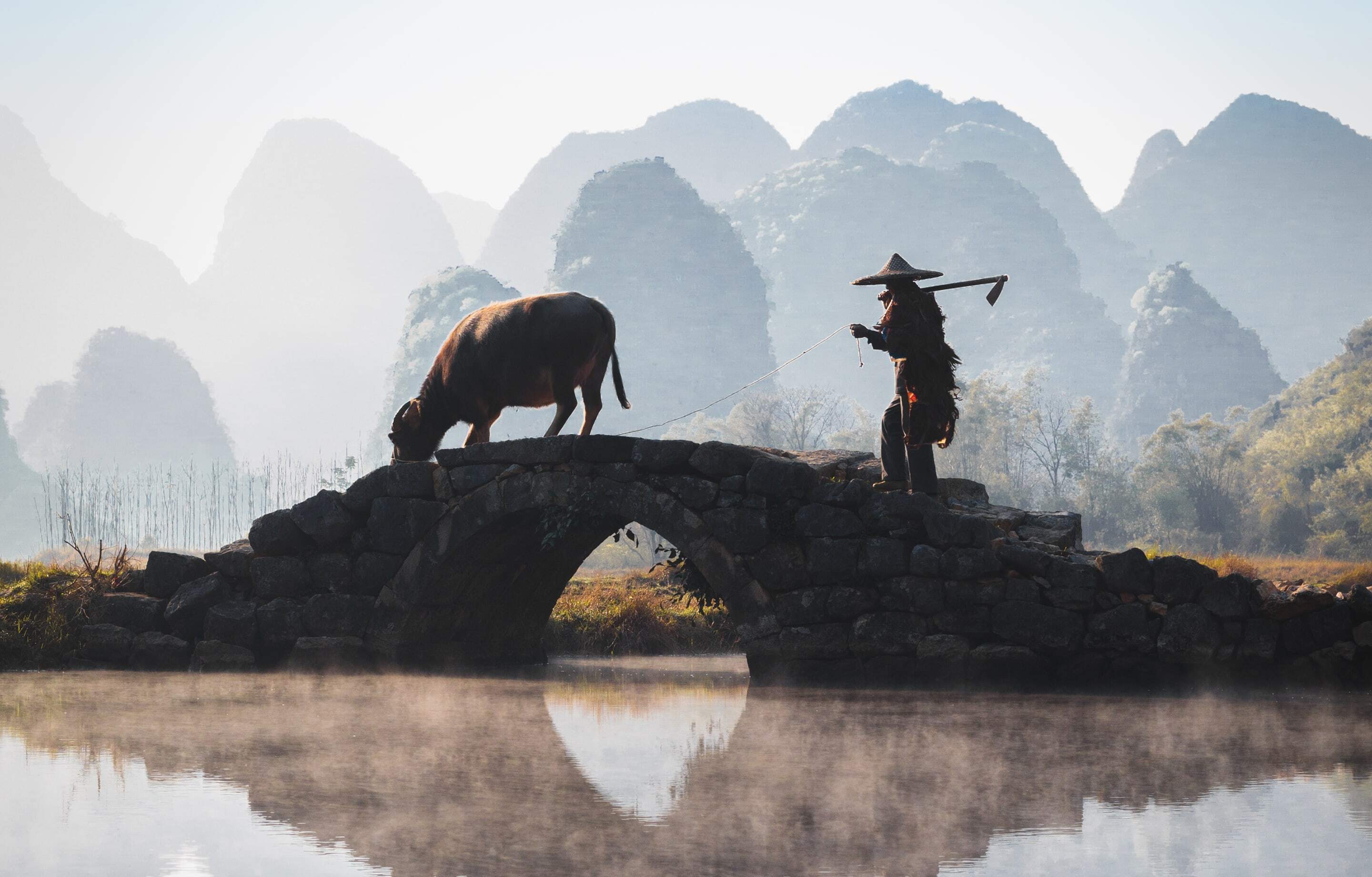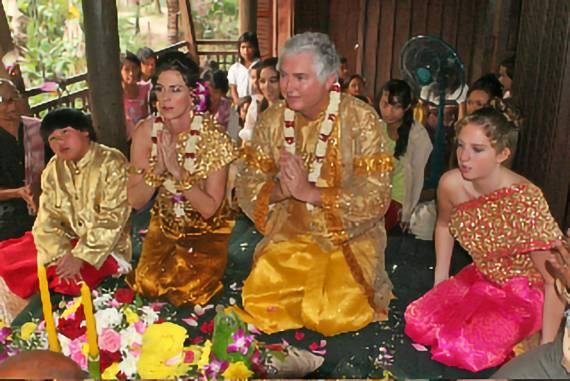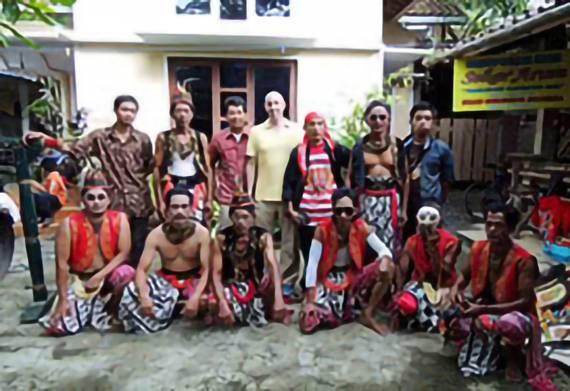Amanjiwo
In the heart of Central Java lies Amanjiwo, built from Yogya, the area’s famed local limestone. The bell-shaped rotunda of the main building echoes the nearby Borobudur, an ancient Buddhist temple and one of Indonesia’s most visited sites. The resort offers unspoiled views of this wonder, in addition to the fertile paddyfields of Kedu Plain. Indonesian and Western cuisine are served in the Dining Room, which is opulently decorated with gold-leaf murals of scenes from the Hindu epic Mahabharata, and breakfast, lunch and light snacks can also be served in the colonnaded Pool Club that extends into the rice fields. Other places for guests to unwind include the library, art gallery, spa, tennis center and outdoor infinity-edge swimming pool. Amanjiwo’s 36 suites are arranged in two crescents, which frame the main building. Each suite is topped with a traditional volcanic ash tinted roof and interiors include hand-carved coconut wood furniture, exotic Javanese textiles and antique glass paintings. Wireless broadband access is available in all public spaces and in all accommodations.
